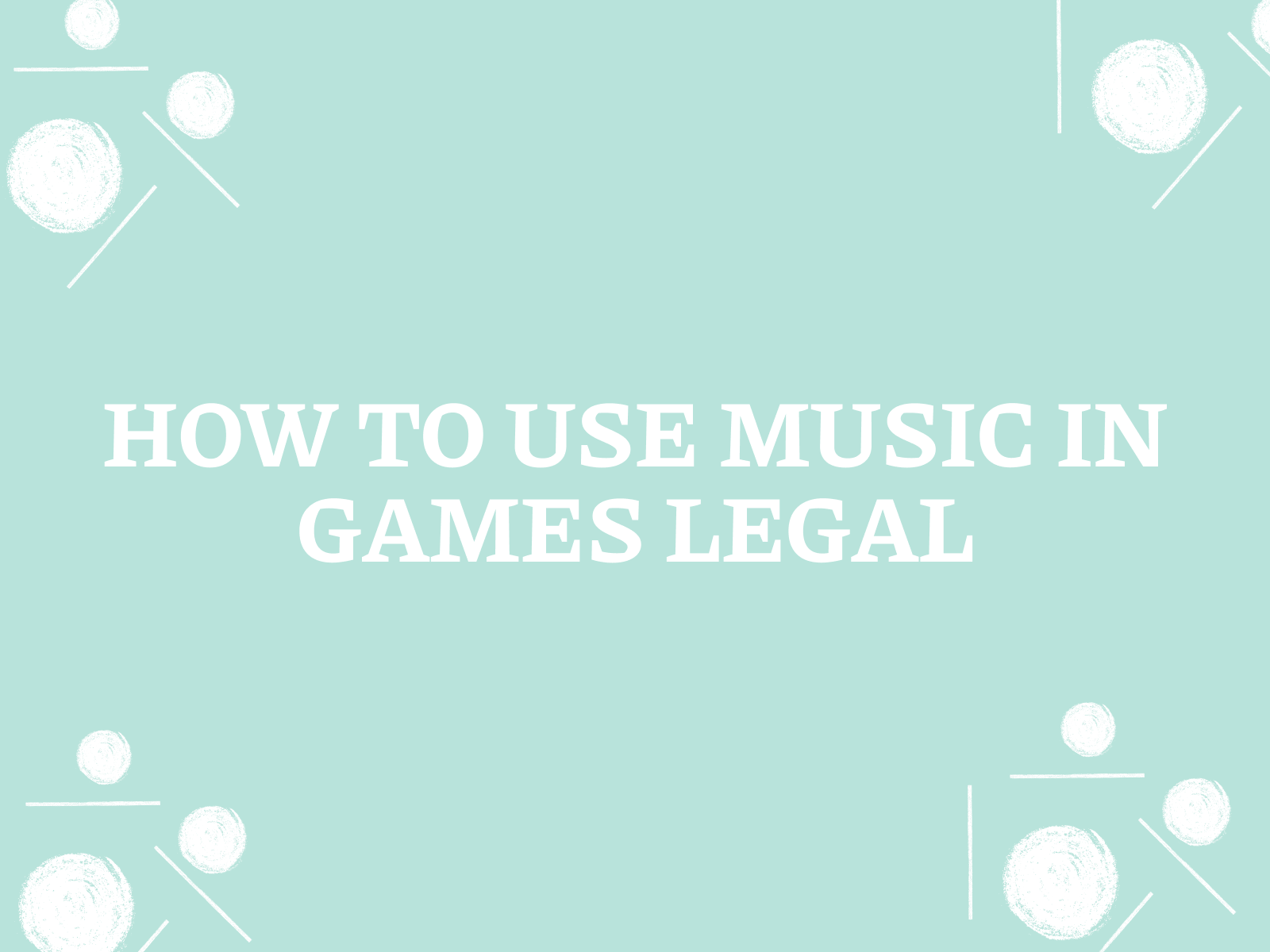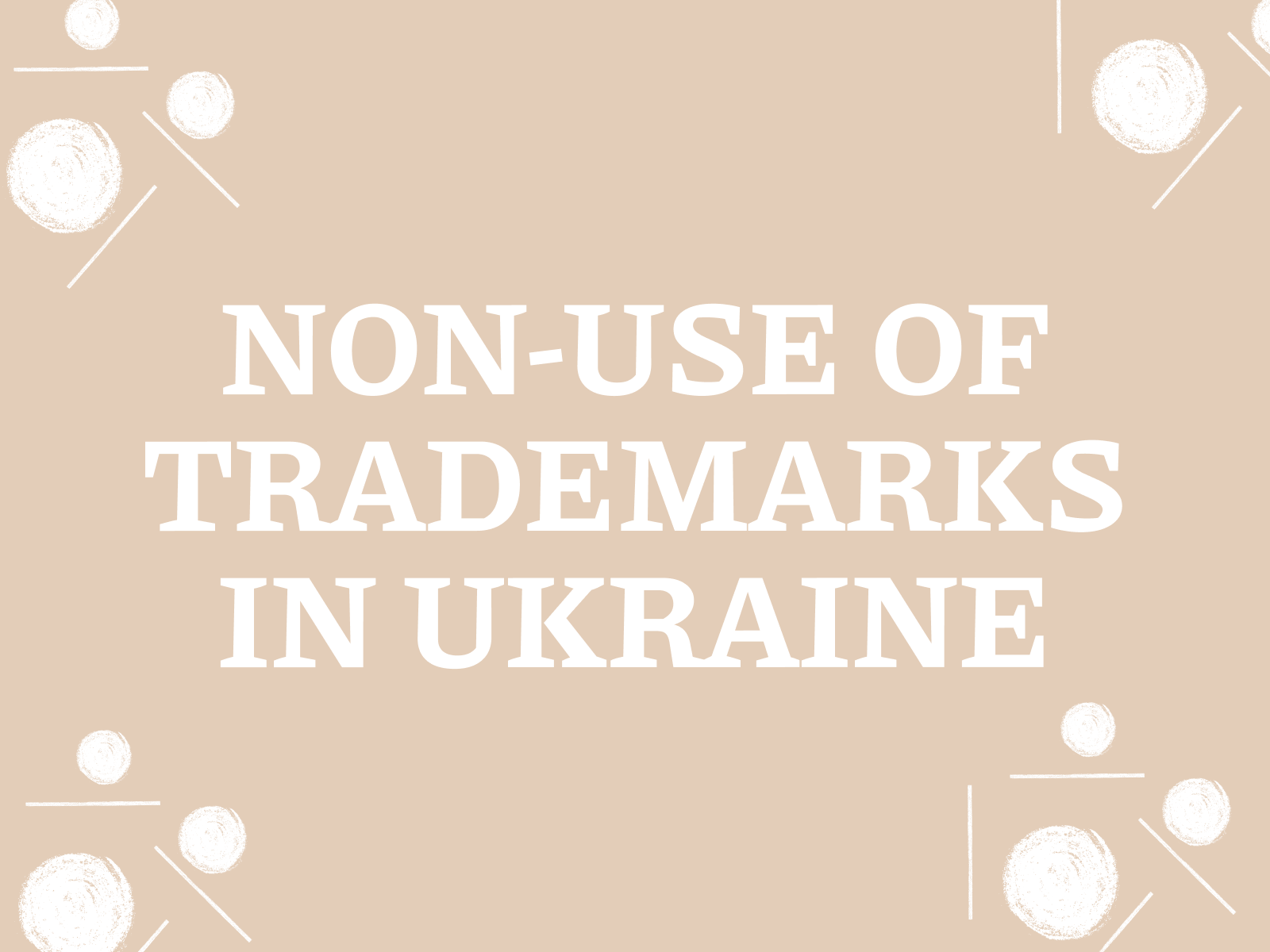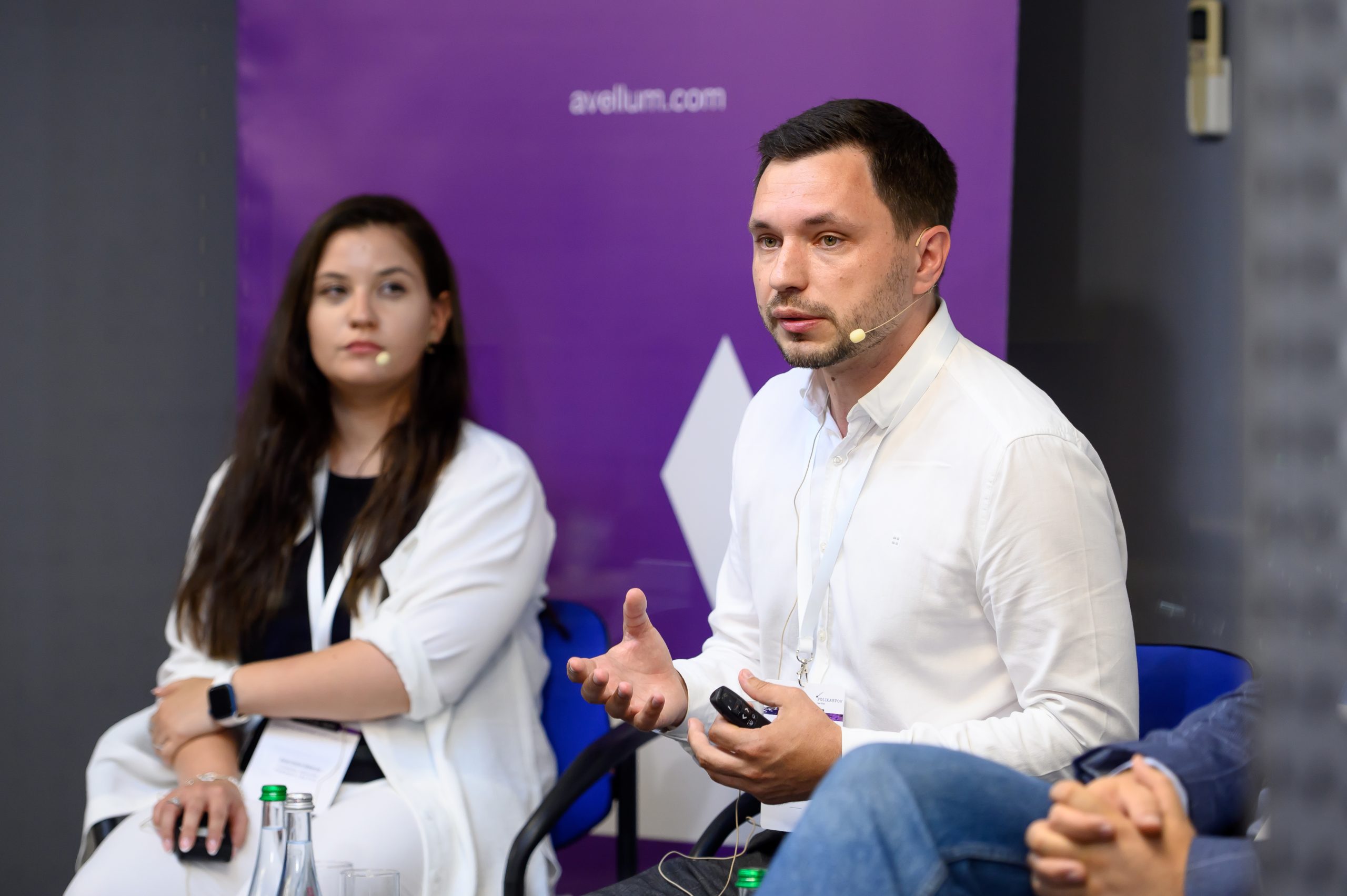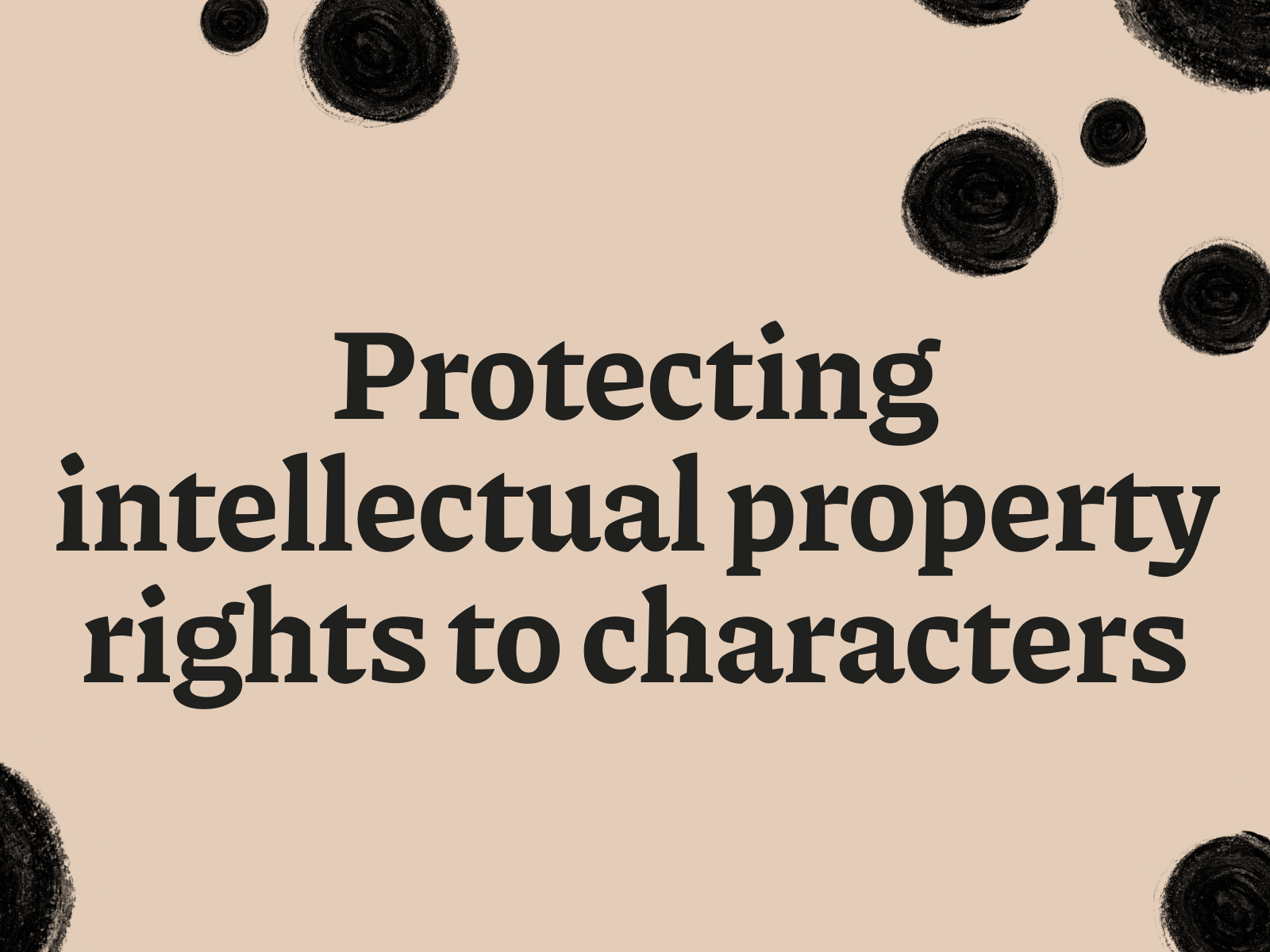The success of a game or application depends on many factors: exciting gameplay, user-friendly interface, and vivid graphics. And, of course, music! A properly selected soundtrack can enhance the experience of the game, create a unique atmosphere, and even become a business card of the project. However, many developers, while getting carried away with creativity, forget about the legal aspects of using music. And this can lead to serious consequences, including lawsuits and huge fines. The reason: Violation of copyright in music. How can you avoid such problems and use music in your projects legally? We will talk about this further.
Section 1: Free music – myth or reality?
The development of a game or application requires considerable investment, not only in terms of time and creativity, but also in terms of money. Therefore, the desire to save money, for example, on music, is quite understandable. The Internet is full of websites offering “free” music for any purpose. But is it really as rosy as it seems at first glance? Is there music for game developers that can be used for free and without consequences? Let’s find out.
1.1. Debunking popular myths about free music: why can’t you take music from YouTube or free streams?
There is a misconception that any content found on the Internet can be freely used for your own purposes. This is a dangerous misconception that can lead to serious legal problems. Let’s take a look at the most popular myths about “free” music and find out why you shouldn’t take any risks:
- Myth 1: “If music is on YouTube, it can be used for free”
In fact, posting music on YouTube does not mean that the author gives up his or her rights to it. YouTube is just a platform for hosting content, and the copyright to music still belongs to its creators. Using such music without permission is a copyright infringement. - Myth 2: “You can find copyright-free music on free stocks”
It is true that some stocks offer music available for free download. However, this does not mean that it is not subject to copyright. Usually, such music is provided under a Creative Commons licence, which provides for certain terms of use. For example, the name of the author may need to be included, or the music may not be used for commercial purposes. - Myth 3: “If you use music for only a short time, it will not be considered copyright infringement”
The duration of the use of music does not affect the fact of copyright infringement. Any use of music without the permission of the copyright holder, regardless of its duration, is illegal. - Myth 4: “If you give the author’s name, you can use the music for free”
Attribution is a requirement in many Creative Commons licences, but it does not give the right to use the music for free in all cases. Some licences may prohibit commercial use or require payment of royalties.
What are the risks of using “free” music from dubious sources?
The consequences can be very serious:
- Lawsuits and fines: rights holders have the right to claim compensation for infringement of their copyrights. Fines can reach tens of thousands of dollars.
- Removing a game from app stores: Google Play, the App Store and other platforms pay great attention to copyright protection. If it is discovered that your game uses unlicensed music, it may be removed from the store.
- Reputational losses: the use of pirated content negatively affects the image of the developer and can lead to the loss of user trust.
So, using “free” music from dubious sources is not a gamble worth taking. It is much safer and more reliable to use legal ways to obtain music for your project. We will discuss this in more detail in the following sections.
1.2. Public Domain and Creative Commons: where to find truly free music and how to use it properly?
The previous section might have seemed a bit pessimistic, but don’t be too quick to despair! There are absolutely legal and, importantly, free ways to use music in your projects. We are talking about works belonging to the Public Domain and music distributed under Creative Commons licences .
Public Domain means works whose copyright has expired or never existed. Such works can be freely used for any purpose, including commercial, without the need to obtain permission from the copyright holder.
Where can I find Public Domain music?
- Specialised libraries: There are online libraries specialising in the collection and distribution of Public Domain works. Among the most famous are Musopen, Free Music Archive, IMSLP/Petrucci Music Library.
- Archives and museums: many museums and archives digitise their collections and provide free access to music that has fallen into the public domain.
- Government resources: some countries provide free access to works created with public funds.
Creative Commons licences offer a more flexible approach to the use of works than traditional copyright. Authors choose the type of licence and the terms of use of their works.
The main types of Creative Commons licences:
- CC BY (Attribution): allows the work to be freely used for any purpose, including commercial, provided the author is credited.
- CC BY-SA (ShareAlike): allows free use, modification and distribution of the work, provided that the author is credited and derivative works are distributed under the same conditions.
- CC BY-ND (NoDerivatives): allows free use and distribution of the work in unmodified form, provided the author is credited.
- CC BY-NC (NonCommercial): allows free use, modification and distribution of the work for non-commercial purposes, provided the author is credited.
- CC BY-NC-SA (NonCommercial-ShareAlike): combines the terms of the CC BY-NC and CC BY-SA licences.
- CC BY-NC-ND (NonCommercial-NoDerivatives): combines the terms of the CC BY-NC and CC BY-ND licences.
Where can I find Creative Commons music?
- Specialised search engines: CC Search allows you to search for works by type of Creative Commons licence among various sources.
- Music platforms: Free Music Archive, Jamendo, SoundCloud have sections with Creative Commons music.
Important to remember:
- Read the terms of the licence carefully. even if the music is distributed free of charge, it does not mean that you can use it as you wish.
- Keep the information about the author and the licence. This will help to avoid misunderstandings and prove the legality of the use of the work.
Using Public Domain and Creative Commons music is a great way to save money and give your project a unique sound. The main thing is to follow the rules and respect the rights of the authors.
Section 2: Music licences – your protection against problems
Although free music opens up certain possibilities, sometimes finding the perfect track that meets the licence terms and the needs of your project can turn into a real quest. In addition, using free music can limit your choice, because often not the most popular and high-quality tracks are freely available.
That’s why many developers prefer music licences from. This gives you access to huge libraries of professional music created specifically for commercial use. A licence guarantees you legal purity and protection against claims from copyright holders. Let’s take a look at the types of licences and where they can be purchased.
2.1. Types of music licences: consider the differences between Royalty Free, synchronisation and other types of licences.
The world of music licensing may seem complicated to a newcomer, as there are many terms and types of licences, each with its own specifics. Let’s take a look at the most common ones:
Royalty Free (RF) – This is the most popular type of music licence, especially among game and app developers. “Royalty Free” does not mean that the music is free. You pay a one-time licence fee, and then you can use the music an unlimited number of times in your projects without paying royalties to the authors.
Advantages of the Royalty Free licence:
- Simplicity and accessibility: purchasing an RF licence is quite easy and fast, and there are many online platforms offering such music.
- Transparent pricing policy: you know the exact cost of the licence in advance, without hidden fees.
- Unlimited use: after purchasing the licence, you can use the music in your projects as many times as you want.
Synchronisation licence is a type of licence that allows you to use music together with visuals, for example, in films, videos, games, and applications. Unlike Royalty Free, a synchronisation licence is usually issued for a specific project, period and territory of distribution.
When you need a synchronisation licence:
- Using famous music: If you want to use a popular track in your project, you’ll need a sync licence from the copyright holders (authors, publishers, labels).
- Creating a unique soundtrack: you can order music from a composer specifically for your project. In this case, you’ll need a synchronisation licence, which will give you the right to use this track in your project.
Other types of licences:
- Public Performance Licence: allows public performance of music, e.g. in restaurants, shops, on the radio.
- Mechanical Licence: allows you to reproduce and distribute music on physical media, such as CDs, vinyl records.
- Master Use Licence: allows you to use the original audio recording of a piece of music, for example, in a film or advertisement.
The choice of licence type depends on:
- Type of project: Royalty Free or synchronisation licences are most often used for games and applications.
- Budget: Royalty Free licences are usually cheaper than sync licences.
- Project needs: If you need unique music that no one has used before, you should consider ordering music from a composer and obtaining a sync licence.
Carefully read the terms of the licence agreement before using music in your project. This will help you avoid unpleasant surprises and legal problems in the future.
2.2. Where to buy a music licence: an overview of popular music libraries and audio stocks.
So, you’ve decided to go the legal route and purchase a music licence for your project. Where can you find quality music and great deals? Today, there are many online platforms that offer huge libraries of music and sound effects for every need. Let’s take a look at the most popular ones:
Audio stocks:
- AudioJungle (Envato Elements): is one of the largest audio stocks offering a wide range of music and sound effects at affordable prices. It has a flexible subscription system and the ability to purchase individual tracks.
- Epidemic Sound: is a popular audio stockist specialising in music for video. Offers Royalty Free licences and subscriptions for businesses.
- Artlist: is an audio streaming service with a focus on quality music from independent artists. Offers Royalty Free licences and unlimited track downloads with an annual subscription.
- Premium Beat: is an audio stockist with a large selection of high-quality music and sound effects. It offers Royalty Free licences and the possibility of purchasing individual tracks.
Music libraries:
- Musicbed: Music library with a focus on cinematic sound. It offers sync licences and the ability to search for music by style, mood, instruments, etc.
- Marmoset Music: Music library with a focus on uniqueness and emotion. It offers synchronisation licences and the possibility of collaboration with composers.
- SoundStripe: Music library offering Royalty Free licences and subscriptions for businesses. It has a convenient search and the ability to create playlists.
In addition to the above, there are many other audio services and music libraries. The choice of platform depends on your needs, budget, and personal preferences.
Here are some tips on how to choose an audio streaming service:
- Pay attention to the platform’s reputation and user reviews.
- Carefully read the terms of the licence agreement before purchasing.
- Compare prices and terms and conditions of different audio stocks.
- Take advantage of free trials if they are offered.
Don’t be afraid to spend time searching for the perfect music for your project. After all, a high-quality soundtrack can significantly improve the experience of the game and make it more emotional and memorable.
Chapter 3: Music that works for your business
So you’ve learned about the different ways to use music legally and are ready to find the perfect soundtrack for your project. But how do you avoid getting lost in the vast sea of music and find exactly the right tunes that will not only not infringe copyright, but also help your game or app succeed? Where can you find music for your game or app that will not only be a background, but a real magnet for users? Let’s look at some practical tips and ideas.
3.1 Legal aspects of music selection: how to avoid copyright issues
Choosing music for a game or app is not only a creative process, but also a responsible decision from the legal point of view. Even if the tune fits your project perfectly, don’t rush to use it until you’re sure you have the full right to do so and don’t violate any copyright.
Here are some key legal aspects to consider when choosing music:
- Careful study of the licence:
A licence is your main document governing the right to use a musical work. Carefully read all the clauses of the licence agreement, paying special attention to:
- Type of licence: Royalty Free, sync, Creative Commons – each has its own characteristics and restrictions.
- Validity period: for how long you are granted the right to use the music.
- Territory: in which countries you are allowed to use the music.
- Uses: commercial, non-commercial, for YouTube, games, etc.
- Attribution: whether the author and source of the music should be indicated.
- Editable: whether you are allowed to make changes to the music.
- Rights to use:
Make sure that the licence you choose gives you the right to use the music exactly as you intend. Some licences may prohibit the use of music for advertising purposes, on YouTube, or in games of a certain genre.
- Identify the rights holders:
Find out who owns the rights to the musical work. It can be the author, composer, publisher, label, or several people/organisations at the same time. If you have any questions about the use of music, you can contact the copyright holder directly.
- Keeping documentation:
After purchasing a licence, be sure to keep all the documents confirming your right to use the music. This may come in handy in case of disputes.
Following these legal aspects will help you avoid copyright issues and ensure that you use music legally.
3.2. What should I do if I receive a claim of copyright infringement for music?
Even if you have made every effort to legally use music in your project, there is a chance that you will receive a claim or lawsuit for copyright infringement. This can happen for a variety of reasons: an error on the part of the audio stock, unfair actions of third parties, imperfect legislation, etc.
What should you do if you receive a claim?
- Don’t panic! Receiving a claim is not a sentence. Stay calm and act reasonably.
- Read the documents carefully. Pay attention to the name of the plaintiff, the description of the subject matter of the claim, the amount of damages, and the time limits and procedure for filing objections.
- Gather all the documentation that confirms your right to use the music. This may include licence agreements, payment receipts, and correspondence with the copyright holders.
- Contact a qualified lawyer who specialises in intellectual property. For example, Polikarpov Law Firm has extensive experience in resolving such disputes and will be able to provide you with professional legal assistance. The lawyer will help you understand the situation, assess the prospects of the case and determine the optimal defence strategy.
- Do not ignore the claim! Ignoring the claim may result in a court decision not in your favour.
How can I avoid music copyright infringement claims?
- Use music only from reliable sources: trusted audio stocks, music libraries, or directly from composers.
- Read the terms of licence agreements carefully.
- Keep all documentation confirming your right to use the music.
Remember: prevention is always better than cure. Compliance with the rules for the use of copyrighted objects will help you avoid troubles and focus on the main thing – the development of successful projects.
Conclusion.
As you can see, the use of music in games and applications is not just a matter of aesthetics, but also a complex legal aspect that requires attention and understanding. Ignoring copyrights can lead to serious consequences, including lawsuits, fines, and reputational losses.
When choosing music for your project, it’s important to keep in mind the key points:
- There is no such thing as “free” music in a legal vacuum. Even works available for free download have their authors and licence terms that should be carefully studied.
- A licence is your main protection. It clearly defines your rights and obligations regarding the use of a musical work.
- There are many alternatives to “pirated” music: audio stocks, sound effect libraries, collaboration with composers – choose the option that best suits your needs and budget.
Finally, we would like to emphasise that copyright protection is not an obstacle to creativity, but a necessary condition for its development. By complying with the law, you not only avoid problems, but also support the music industry and encourage the creation of new high-quality music.
Does a change in the tempo or key of a musical work always exempt from liability for copyright infringement?
You have an interesting idea, and the desire to use a well-known melody in your own arrangement is understandable. Unfortunately, changing the tempo or key of a piece of music does not always guarantee you safety from copyright infringement claims.
Why?
The fact is that copyright protects theoriginal expression of a work, not just its particular performance. If your arrangement retains the essential elements of the original that make it recognisable (e.g. melody, harmony, rhythmic pattern), then you are still using the workof another author.
Let’s look at an example:
Imagine taking a well-known rock anthem, slowing it down, transposing it to a minor key, and playing it on the flute. The changes are obvious, but the listener will still easily recognise the original piece. In such a case, you are most likely infringing copyright, even though you have done your own processing.
What to do.
- Assess thedegree of originality: The more similar your version is to the original, the higher the risk of copyright infringement.
- Get permission from the copyright holder: The safest option is to contact the author or copyright holder of the original work and obtain their permission to use the edited version.
- Consider alternatives: Sometimes it’s better to choose a different piece of music or create your own unique music to avoid any doubts and legal risks.
Remember that minor changes do not always exempt from liability. It is better to be safe and act within the law to protect yourself and your project.
What legal aspects should be taken into account when concluding a contract with a composer to write music for a game, even if it is my friend or acquaintance?
The situation when a friend is willing to help with the music for a game is common and pleasant. However, even the strongest friendship should not stand in the way of clear legal agreements. The lack of a contract can lead to misunderstandings, conflicts, and problems with music rights in the future.
What should be taken into account when concluding a contract?
- Subject of the contract: Clearly define what exactly the composer is creating (number of tracks, their duration, style, purpose), and the timeframe and format for delivering the finished material to you.
- Music rights: Specify in detail what rights are transferred to you under the contract (exclusive or non-exclusive), for how long and for what territory, and for what purposes you can use the music (commercial or non-commercial).
- Copyright: Even if your friend refuses to be paid, be sure to include this in the contract. State that he gives you the right to use the music free of charge. This will make it impossible for him to make any claims in the future.
- Liability of theparties: Specify the terms and extent of liability for breach of contractual obligations (e.g., for failure to meet deadlines, improper quality of work, illegal use of music).
- Dispute resolution: Determine the procedure for resolving possible disputes, whether through negotiation or litigation.
Additional recommendations:
- Written form: The agreement must be concluded in two copies signed by both parties.
- Legal advice: Before signing an agreement, you should consult a lawyer specialising in intellectual property to ensure that it is legally sound and protects your interests.
Remember: an agreement is not a manifestation of distrust, but a guarantee of mutual understanding and protection of the interests of both parties.
Are there any restrictions on the use of music under the Creative Commons licence in games distributed under the free-to-play model with paid content?
Creative Commons licences do expand the possibilities for using music in games, making it more accessible. However, the combination of CC-licences with a free-to-play business model that involves paid content can raise questions.
The basic principle:
CC licences operate on the principle of “by the author”. That is, the author chooses the type of licence and the conditions under which he or she is willing to provide access to his or her work.
Restrictions:
- Non-commercial use (NC): Some types of CC licences (e.g. CC BY-NC) allow you to use the work fornon-commercial purposes only. This means that you cannot use such music in a game that generates revenue (through the sale of the game itself, in-game purchases, etc.).
- Derivative works (ND/SA): CC BY-ND licences prohibit the creation of derivative works, and CC BY-SA licences require the distribution of derivative works under the same conditions. This is important to consider if you plan to modify the music or use fragments of it in other works.
Free-to-play and paid content:
The free-to-play model alone is not a sentence for using CC music. If your game is free to play and the additional content does not affect the gameplay and is available on a voluntary basis, you can consider using CC music (subject to its terms and conditions, of course).
Recommendations:
- Read the terms of the licence carefully! Don’ t make assumptions, but pay attention to the specific restrictions of the licence.
- Contact thecopyright holder at: If you’re not sure if you can use CC music in your case, it’s best to contact the author and get their permission.
- Consider alternatives to: There are many other options for obtaining music for games: audio stocks, sound libraries, collaboration with composers.
Remember that the correct understanding and compliance with licence terms is the key to the successful and safe development of your project!
What are the additional requirements for music on Steam and Epic Games Store compared to mobile stores?
Choosing the music for your game is only half the battle. It’s also important to take into account the requirements of the platforms where you plan to distribute it. While the general principles of copyright protection apply everywhere, Steam, the Epic Games Store, and mobile stores have their own nuances.
Steam and the Epic Games Store:
- Greater Loyalty: These platforms tend to be less strict about controlling music in games than mobile stores. They are more focused on the overall quality and compliance of content with age restrictions.
- Responsibility of the developer: The main burden of responsibility for copyright compliance lies with the developer. Platforms can remove a game or block an account in case of infringement, but they do not pre-screen all music.
- Recommendations: Steam and EGS recommend that developers use licensed music or create their own. It is also advisable to add a section to the game with information about the copyright of all used music.
Mobile platforms (App Store, Google Play):
- Stricter control: Mobile stores are paying more attention to music copyright. They can block the publication of an app if it uses unlicensed music or is suspected of infringement.
- Automated systems: The App Store and Google Play use automated systems to detect illegal content, including music. This means that even a small snippet of a song used without permission can cause problems.
- For detailed requirements, see: Both platforms have clear requirements for documentation and information about music copyright.
General recommendations:
Regardless of the platform, the following tips are recommended:
- Use only licensed music from: This ensures you are protected from claims and problems from the copyright holders.
- Keep all documentation at: Licence agreements, receipts, correspondence with copyright holders – all of this can come in handy in case of disputes.
- Carefully read the rules of the platforms: Each platform has its own nuances and requirements that are important to consider before publishing a game.
Remember: the use of music in a game is not only creativity but also legal responsibility. Following the rules and recommendations will help you avoid problems and focus on the main thing – creating a successful product!
What preventive measures can be taken at the game development stage to minimise the risks of lawsuits related to the use of music?
Using music in a game is not only about inspiration, but also about responsibility. Copyright-related lawsuits can be costly, both financially and in terms of reputation. However, most problems can be avoided by taking preventative measures at the development stage:
- Planning the music:
- Set a budget: This will determine whether you can afford to commission original music, buy ready-made tracks, or use free alternatives.
- Check out the different options at: Compare offers from audio stockists, music libraries, and independent composers to find the best fit.
- Careful selection of music:
- Check licences at: Don’t use music from unreliable sources. Read the licence terms carefully, paying attention to the type of licence, validity period, territory and scope of use.
- Contact the copyright holders at: If you’re not sure about the rights to use music, contact the copyright holder and get written permission.
- Documentation:
- Keep all documentation at: Licence agreements, receipts, correspondence with copyright holders – all this is your defence in case of claims.
- Create a description of the music used: Include track titles, author names, and licence information in a separate file or section of the game.
- Legal advice:
- Contact a lawyer at: Do not neglect the opportunity to consult a lawyer who specialises in copyright. An expert will help you to avoid mistakes at the stage of choosing and designing music for the game.
- Monitor changes in legislation:
- Stay up to date at: Copyright law is constantly changing. Stay tuned for updates to ensure you always act within the law.
Remember: preventive measures are an investment in the safety and success of your project. By following these recommendations, you’ll be able to create without worrying about unpleasant surprises in the future.
- The Law of Ukraine “On Copyright and Related Rights”. Reference.
- Berne Convention for the Protection of Literary and Artistic Works. References.









